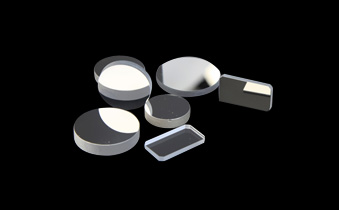
Technical Principles
Aspheric lenses, whose curvature radius varies with the central axis, are used to improve optical quality, reduce optical components, and reduce design costs. Aspherical lens has unique advantages over spherical lens, so it has been widely used in optical instrument, images, optoelectronics industry, such as digital cameras, CD players, high-end microscopic instruments.
Precision glass molding
Precision glass molding is the process of heating glass materials to high temperatures to become plastic, forming them through an aspherical mold, and gradually cooling them to room temperature. Precision glass molding is not suitable for aspherical lenses with a diameter greater than 10mm. However, new tools, optical glass and measurement process are all promoting the development of this technology. Precision glass molding, although costly in the early stages of design (high-precision mold development), produces high-quality products that can evenly cover the initial development costs after mold formation, making it particularly suitable for situations that require mass production.